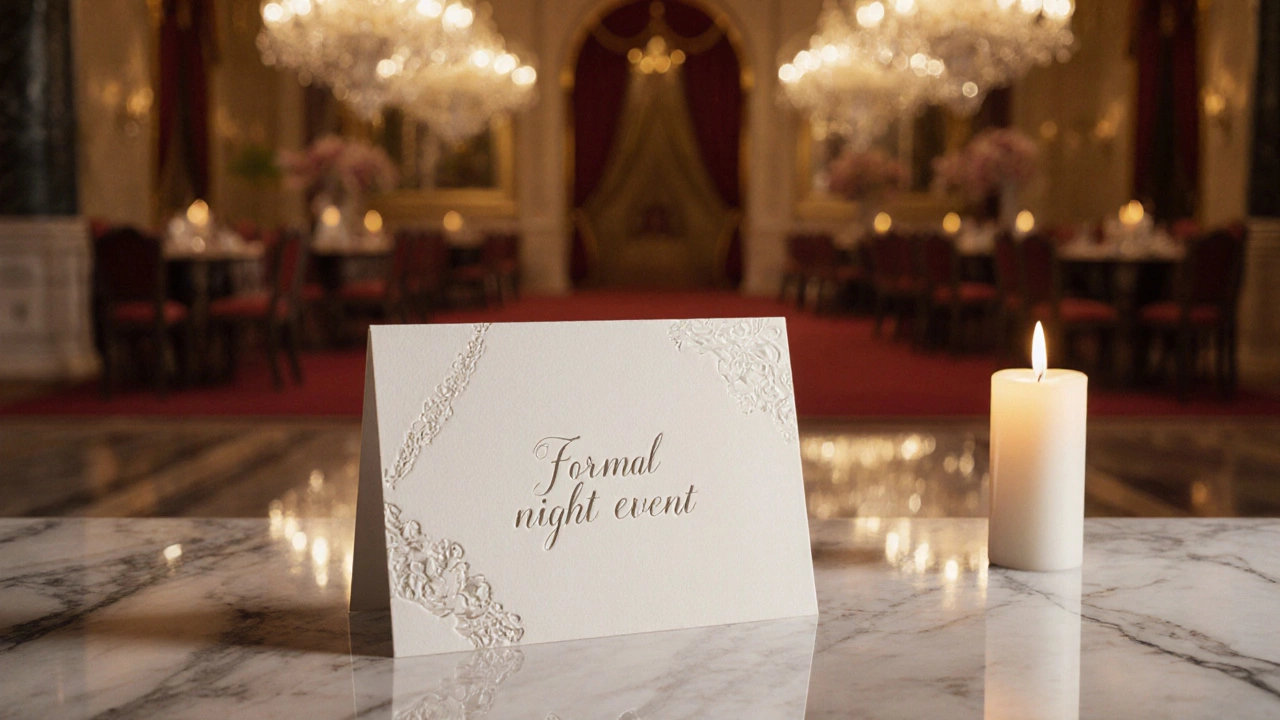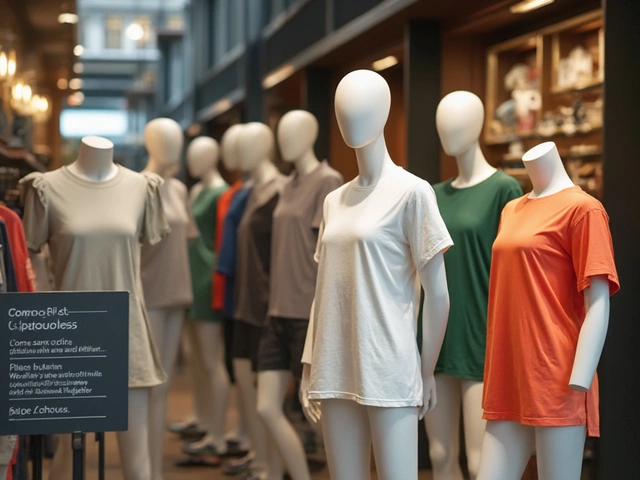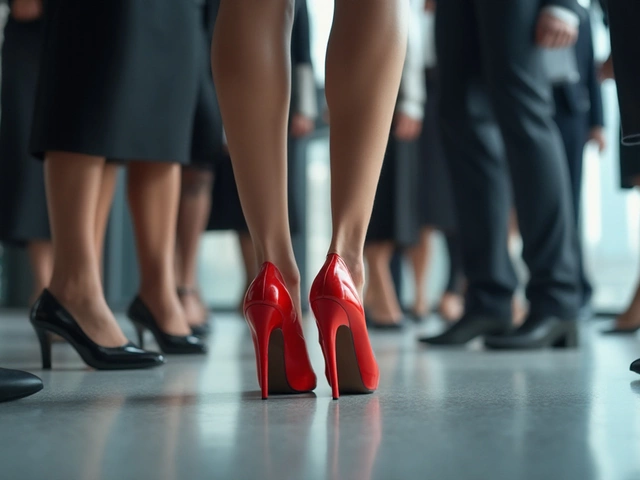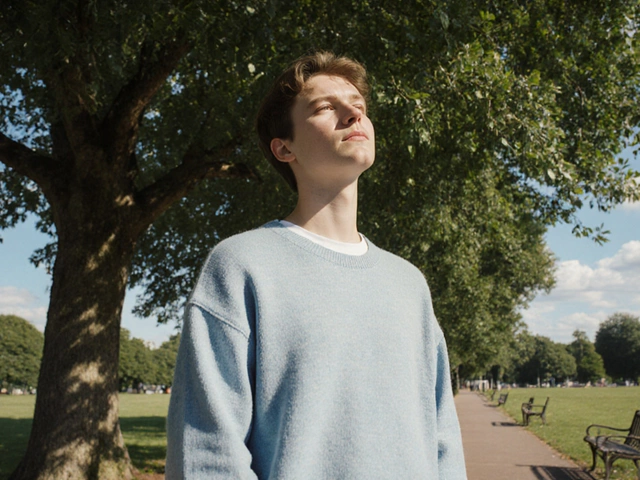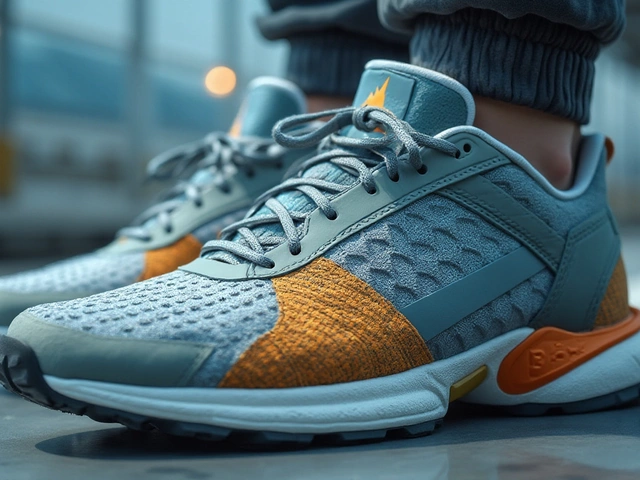Evening Wear Dress Code Calculator
Select Event Details
Answer a few questions to determine the appropriate dress code for your formal evening event.
Recommended Dress Code
Men's Recommendation
Women's Recommendation
Key Accessories
Pro Tip: When in doubt, dress slightly more formally than recommended. It's easier to tone down an outfit than to add formality at the last minute.
When you get invited to a night event, the evening wear dress code is the set of expectations that tell you what to wear for formal nighttime occasions helps you avoid showing up overdressed or underdressed. Whether the invitation says "black tie" or leaves the dress code vague, knowing the basics can save you from fashion faux pas and let you focus on having a good time.
Understanding Formal Attire Levels
Evening events aren’t all the same, and the dress code can range from ultra‑formal to relaxed chic. The main tiers you’ll encounter are:
- White tie - the pinnacle of formality, usually reserved for state dinners, royal events, or very high‑end galas.
- Black tie - the most common formal night dress code, seen at weddings, charity balls, and upscale restaurants.
- Cocktail attire - a step down from black tie, perfect for cocktail parties, art openings, and trendy rooftop bars.
- Semi‑formal - a relaxed version of cocktail, often used for business dinners or birthday celebrations.
Knowing which tier you’re dealing with tells you everything about fabric, color, and accessories.
Black Tie Explained
For most people, Black tie is the go‑to evening code that balances elegance with a clear rule set. Here’s what to wear:
- Men: A black tuxedo with peak or shawl lapels, a white dress shirt, a black bow tie, black patent leather shoes, and optional accessories like a pocket square or cufflinks.
- Women: A floor‑length evening gown or a sophisticated cocktail dress in dark or jewel tones. Pair it with heels, a clutch, and subtle jewelry.
Key rule: Keep the look monochrome and polished. Anything brighter than a subtle accent can feel out of place.
White Tie: The Ultra‑Formal Option
If the invitation literally says "white tie," you’re stepping into the most formal territory. The expectations are strict:
- Men: A black tailcoat, white pique waistcoat, white wing‑collar shirt, a white bow tie, black patent shoes, and accessories like a silk top hat (optional).
- Women: A full‑length evening gown with long sleeves or an elegant strapless floor‑sweeper, paired with fine jewelry, elbow‑length gloves (optional), and a small evening bag.
Because white tie events are rare, most guests will feel comfortable at the black‑tie level unless specifically told otherwise.
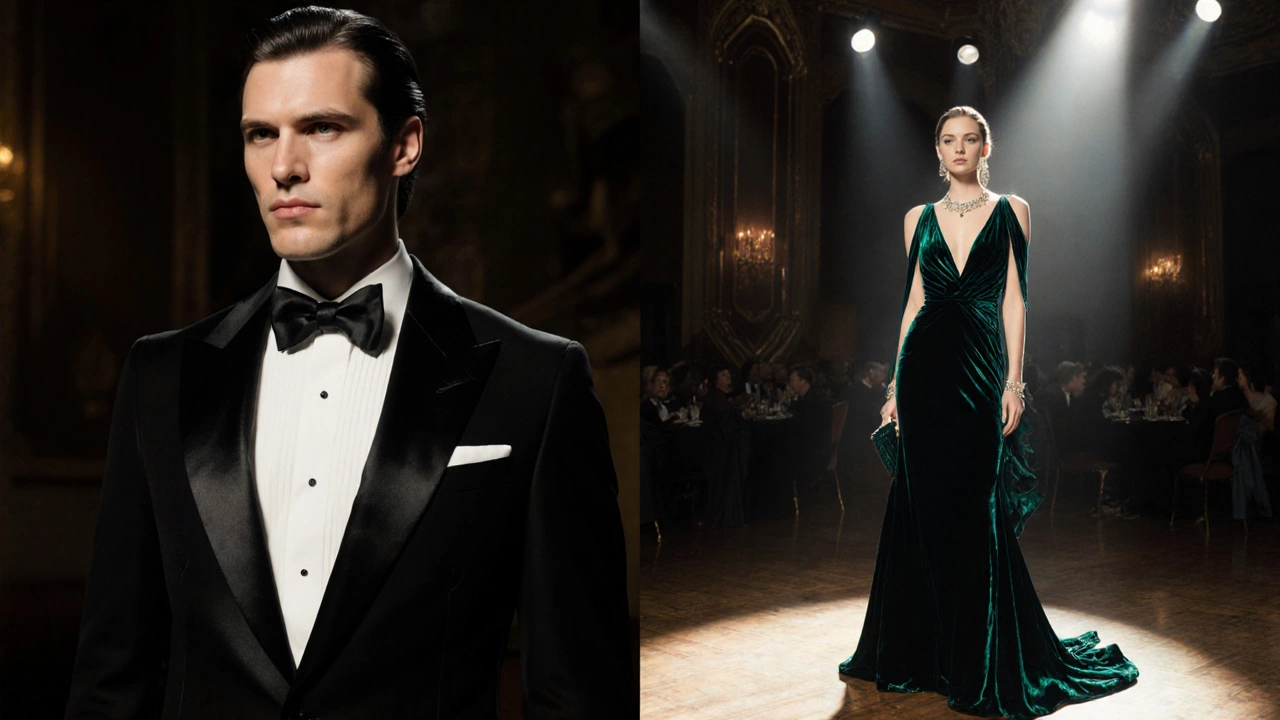
Cocktail and Semi‑Formal Attire
When the invite says "cocktail" or simply leaves the dress code blank, you’re usually safe with cocktail attire. The goal is to look dressy without the full formality of a tuxedo or ballroom gown.
- Men: A dark suit (navy, charcoal, or black) with a silk tie, leather dress shoes, and a pocket square for a pop of color.
- Women: A knee‑to‑mid‑calf cocktail dress, a sleek jumpsuit, or a dressy two‑piece set. Sequins, metallics, or bold prints work well if the event is trendy.
Semi‑formal leans even more relaxed: think dressy separates, tailored trousers with a dressy blouse, or a sheath dress with a smart blazer.
Key Clothing Pieces to Have On Hand
Building a versatile evening wardrobe means stocking a few timeless pieces that can be mixed and matched across dress code levels.
- Classic black tuxedo - fits most black‑tie events and can be dressed down with a patterned shirt for a modern twist.
- Elegant evening gown - choose a silhouette that flatters your shape; A‑line, mermaid, and sheath are safe bets.
- Well‑fitted dark suit - the workhorse for cocktail and semi‑formal occasions.
- Silk or satin blouse - adds a luxe touch to trousers or skirts for women.
- Dress shoes - black patent leather for men; pointed pumps or heeled sandals for women.
Investing in quality fabrics like silk, wool, and cashmere not only feels better but also lasts longer through multiple events.
Accessories & Grooming Tips
Accessories can upgrade a simple outfit into a polished evening look. Here’s a quick cheat sheet:
- Pocket square - a splash of color or pattern in the jacket pocket; matches the tie or bow tie.
- Cufflinks - subtle silver or mother‑of‑pearl for men; keep them understated for black‑tie.
- Watch - a sleek dress watch (no sport chronograph) works for most tiers.
- Evening clutch - a compact bag that fits a phone, lipstick, and cards; classic black or metallic.
- Hair and makeup - aim for a refined finish. Men should have a neat haircut or well‑groomed beard; women can go for a polished updo or soft waves with makeup that accentuates rather than overpowers.
Remember: less is more. One statement piece (like a bold necklace) is enough; too many accessories can look cluttered.
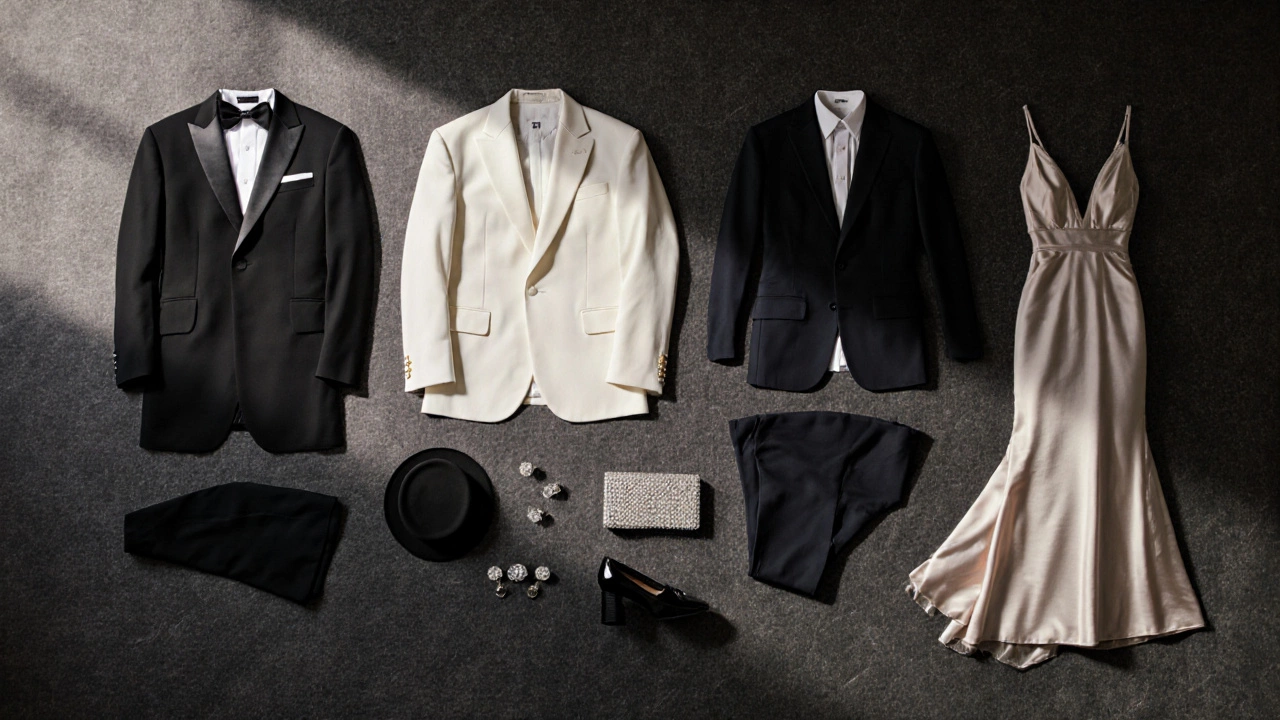
Common Mistakes to Avoid
Even seasoned party‑goers slip up sometimes. Keep these pitfalls in mind:
- Showing up in casual fabrics (denim, cotton) for a black‑tie event.
- Choosing shoes that are too casual or uncomfortable; you’ll be on your feet all night.
- Over‑accessorizing - multiple bracelets, many rings, or a bright tie for white‑tie.
- Wearing colors that clash with the venue’s vibe - neon at a classic ballroom rarely works.
- Ignoring the invitation’s wording. If it says "optional black tie," a dark suit is acceptable.
When in doubt, err on the side of a slightly more formal look. It’s easier to tone down a dressy outfit than to add formality at the last minute.
Quick Reference Table
| Dress Code | Typical Venue | Core Attire | Color Palette | Key Accessories |
|---|---|---|---|---|
| White Tie | State dinners, royal balls | Tailcoat, white wing‑collar shirt, white bow tie | Black & white | Silk top hat, white gloves, cufflinks |
| Black Tie | Gala, upscale wedding | Tuxedo, black bow tie, dress shirt | Black, dark jewel tones | Pocket square, cufflinks, dress shoes |
| Cocktail | Rooftop bar, art opening | Dark suit or cocktail dress | Rich colors, subtle metallics | Silk tie or statement jewelry |
| Semi‑Formal | Business dinner, birthday | Tailored blazer + dress pants or chic jumpsuit | Neutral or soft tones | Elegant watch, simple clutch |
Frequently Asked Questions
Do I need a bow tie for every black‑tie event?
Yes. A black bow tie is the hallmark of a true black‑tie dress code. If you wear a regular tie, you’ll look underdressed.
Can I wear a dark suit to a white‑tie event?
Generally no. White‑tie calls for a tailcoat and specific accessories. A dark suit is appropriate only if the host explicitly says the dress code is "formal" without the white‑tie specification.
What shoes are acceptable for women at cocktail parties?
Closed‑toe heels, elegant sandals with a moderate heel, or dressy flats in leather or suede work well. Avoid sporty sneakers or overly chunky boots.
Is a pocket square required for a tuxedo?
It’s not mandatory, but a pocket square adds a polished touch and shows you’ve paid attention to detail. Choose a subtle pattern that echoes the shirt or tie.
How do I choose between a floor‑length gown and a cocktail dress?
If the invitation says "black tie" or the venue is a grand ballroom, go for a floor‑length gown. For cocktail or semi‑formal events, a knee‑to‑mid‑calf dress is more appropriate.
